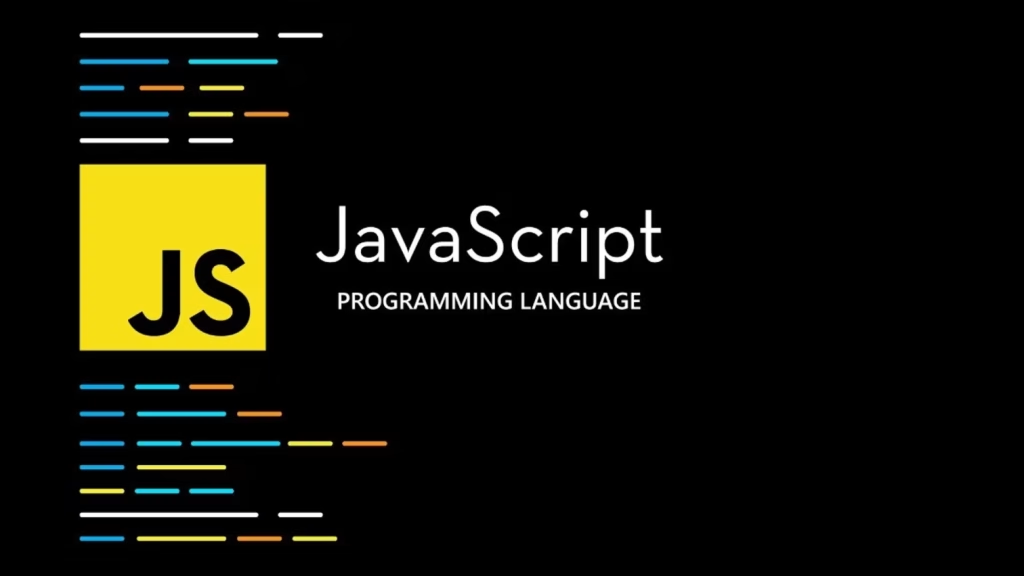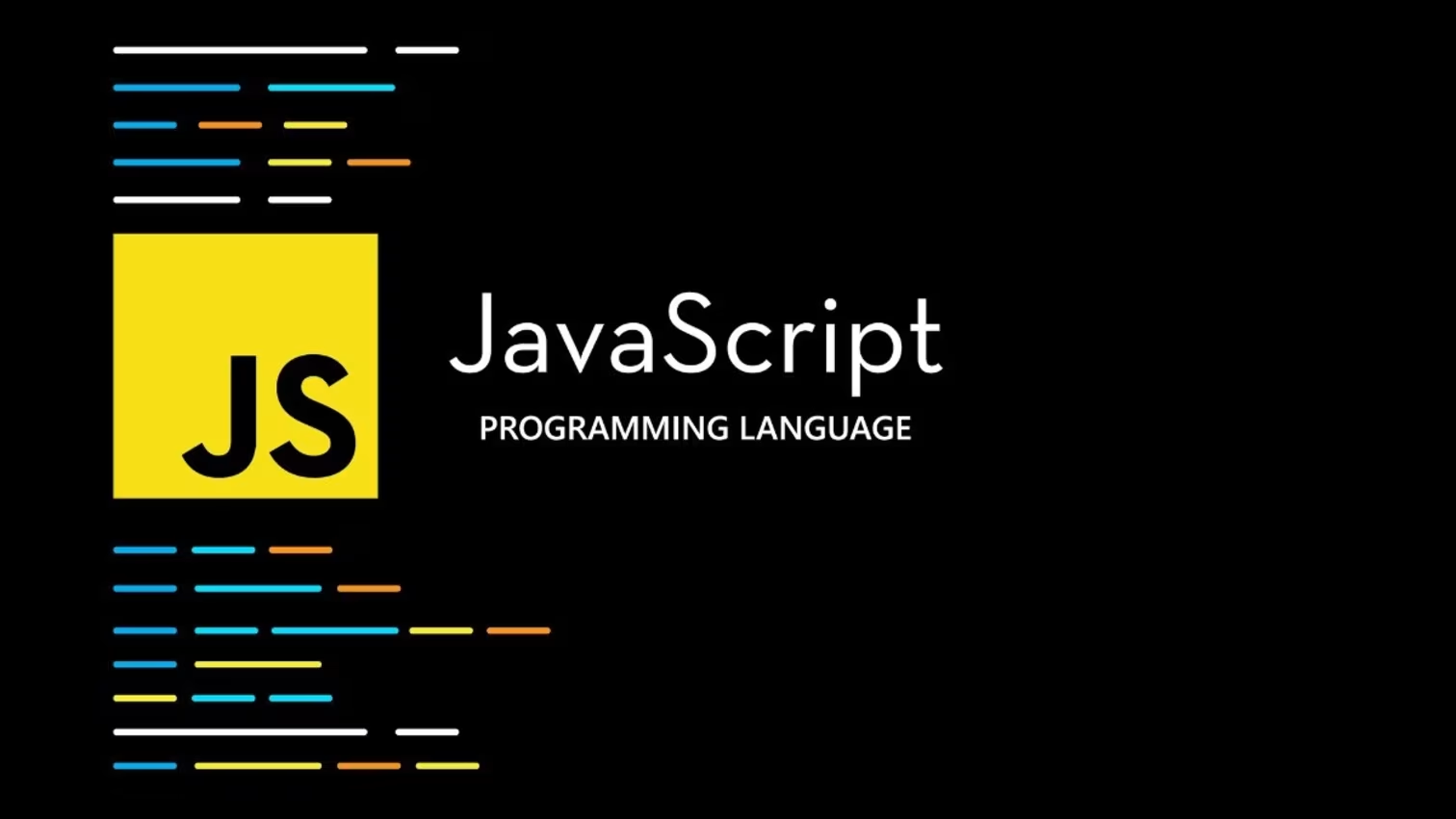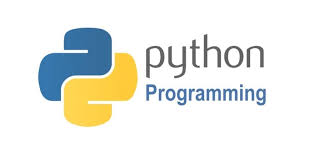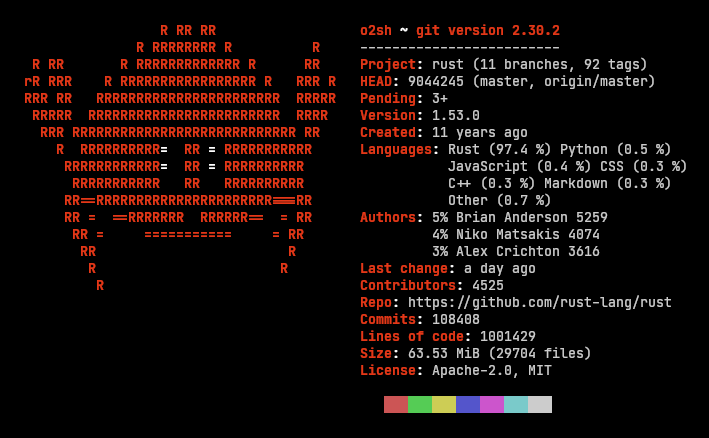Blockchain is reshaping how the internet works — and at the center of this transformation is Web3, the next evolution of the web that runs on decentralization. If you’re already familiar with JavaScript, you’re closer to becoming a blockchain developer than you might think.
JavaScript isn’t just for websites anymore. It’s now one of the most powerful tools for building blockchain-powered applications that interact directly with smart contracts, tokens, and decentralized networks.

💡 Why JavaScript is Important in Blockchain Development
While languages like Solidity and Rust are used for writing smart contracts, JavaScript plays a critical role in interacting with those contracts, building decentralized apps (dApps), and creating user-friendly blockchain interfaces.
Here’s why you should learn JavaScript for blockchain:
- It’s Beginner-Friendly
Most developers start with JavaScript because it’s easy to learn and widely used. It’s a natural next step to extend those skills into blockchain. - Connects Frontend to Blockchain
With libraries like web3.js and ethers.js, JavaScript allows websites and apps to communicate directly with Ethereum and other blockchain networks. - Huge Community Support
JavaScript has one of the largest developer communities in the world, meaning endless tutorials, tools, and frameworks to help you learn faster. - Perfect for Full-Stack Web3 Developers
A single developer can handle both frontend (React, Vue) and blockchain interaction (web3.js) using JavaScript — a huge advantage in the Web3 space.
⚙️ How JavaScript Powers Web3
Let’s break down what JavaScript does in the blockchain ecosystem:
- Smart Contract Interaction:
Useweb3.jsorethers.jsto read and write data from blockchain networks. - Wallet Integration:
Connect with wallets like MetaMask, allowing users to sign transactions directly from the browser. - Frontend Development:
Build sleek decentralized app interfaces using React or Next.js. - Backend Node Management:
With Node.js, you can write server-side logic that interacts with blockchain APIs and handles user requests.
🚀 How to Start Learning JavaScript for Blockchain
Step 1: Master JavaScript Fundamentals
Make sure you’re comfortable with:
- Variables, functions, and objects
- Promises and async/await
- Working with APIs and JSON data
Step 2: Understand Blockchain Basics
Learn how Ethereum works — blocks, transactions, gas fees, and smart contracts.
Step 3: Set Up Your Development Environment
You’ll need:
- Node.js & npm – for running JavaScript locally.
- MetaMask – to interact with blockchain networks.
- Remix IDE – to deploy sample smart contracts.
Step 4: Learn Web3 Libraries
Start with web3.js or ethers.js to connect your app to the blockchain. For example, you can:
- Display wallet balances.
- Send and receive crypto.
- Execute smart contract functions.
Step 5: Build a Simple dApp Project
Try beginner-friendly projects like:
- A decentralized voting app.
- A crypto donation platform.
- A NFT minting website.
🧩 Example: Connecting to MetaMask using Ethers.js
import { ethers } from "ethers";
async function connectWallet() {
if (window.ethereum) {
await window.ethereum.request({ method: "eth_requestAccounts" });
const provider = new ethers.BrowserProvider(window.ethereum);
const signer = await provider.getSigner();
console.log("Connected wallet:", await signer.getAddress());
} else {
alert("Please install MetaMask!");
}
}
This short snippet connects your JavaScript app to the user’s MetaMask wallet — the first step to building interactive blockchain applications.
🧠 Pro Tips for Learners
- Don’t rush into building advanced dApps — start small and understand how blockchain interactions work.
- Use testnets like Sepolia or Goerli before deploying to the mainnet.
- Join Web3 developer communities and follow GitHub projects to stay updated.
🌐 Recommended Resources
🏁 Final Thoughts
JavaScript is the bridge between users and the blockchain. By learning how to use it in the context of Web3, you can build applications that bring blockchain technology to everyday users — from NFTs to decentralized finance.
If you already know JavaScript, you’re just a few steps away from becoming a blockchain developer. Combine your web skills with Web3 knowledge, and you’ll have one of the most in-demand skill sets in tech today.





Leave a Reply